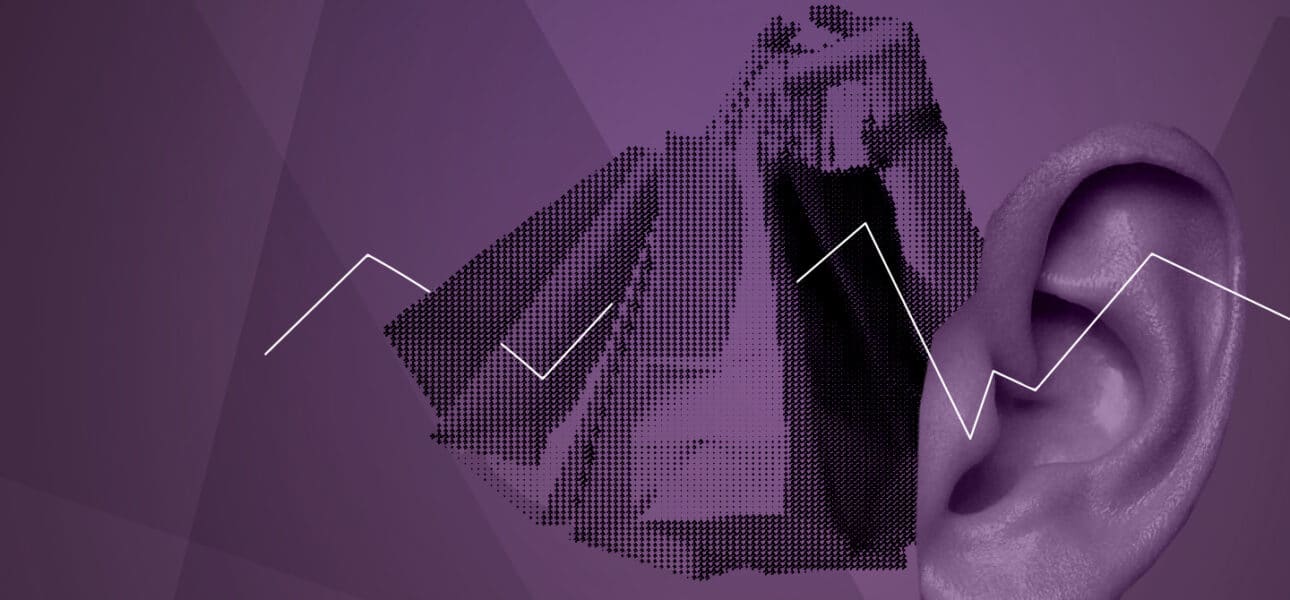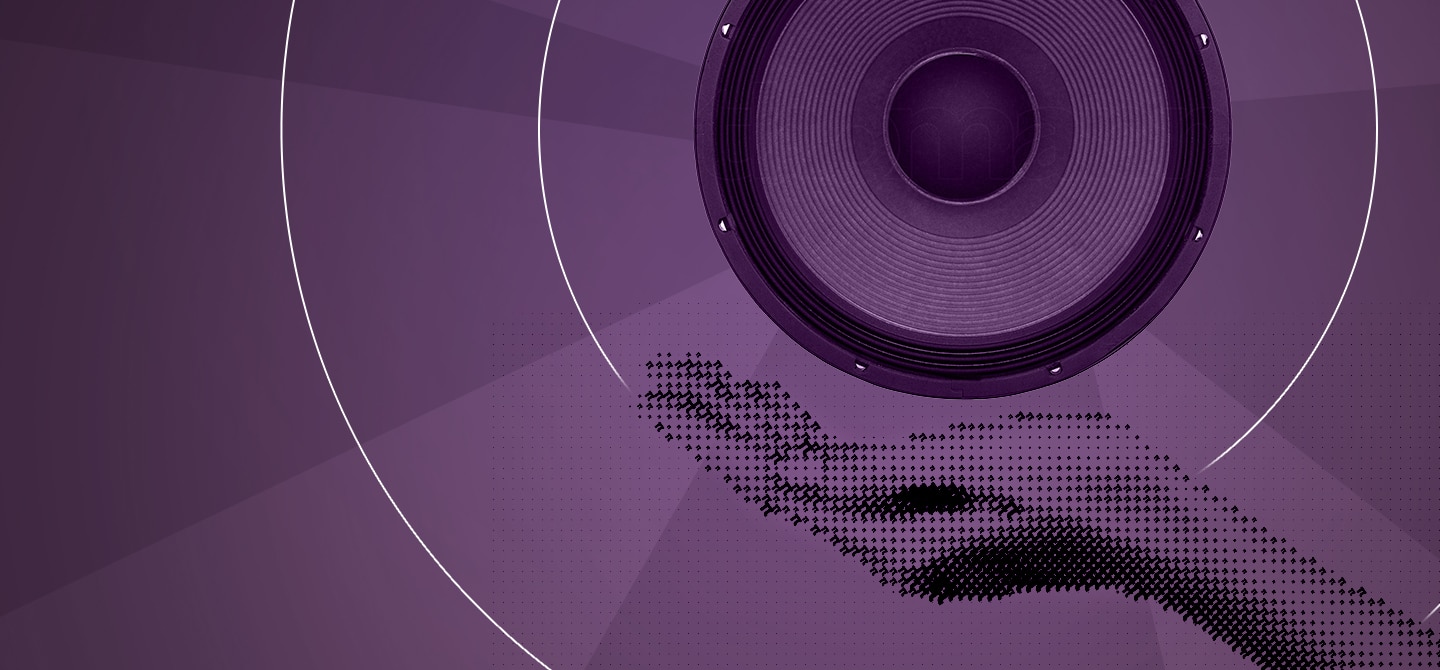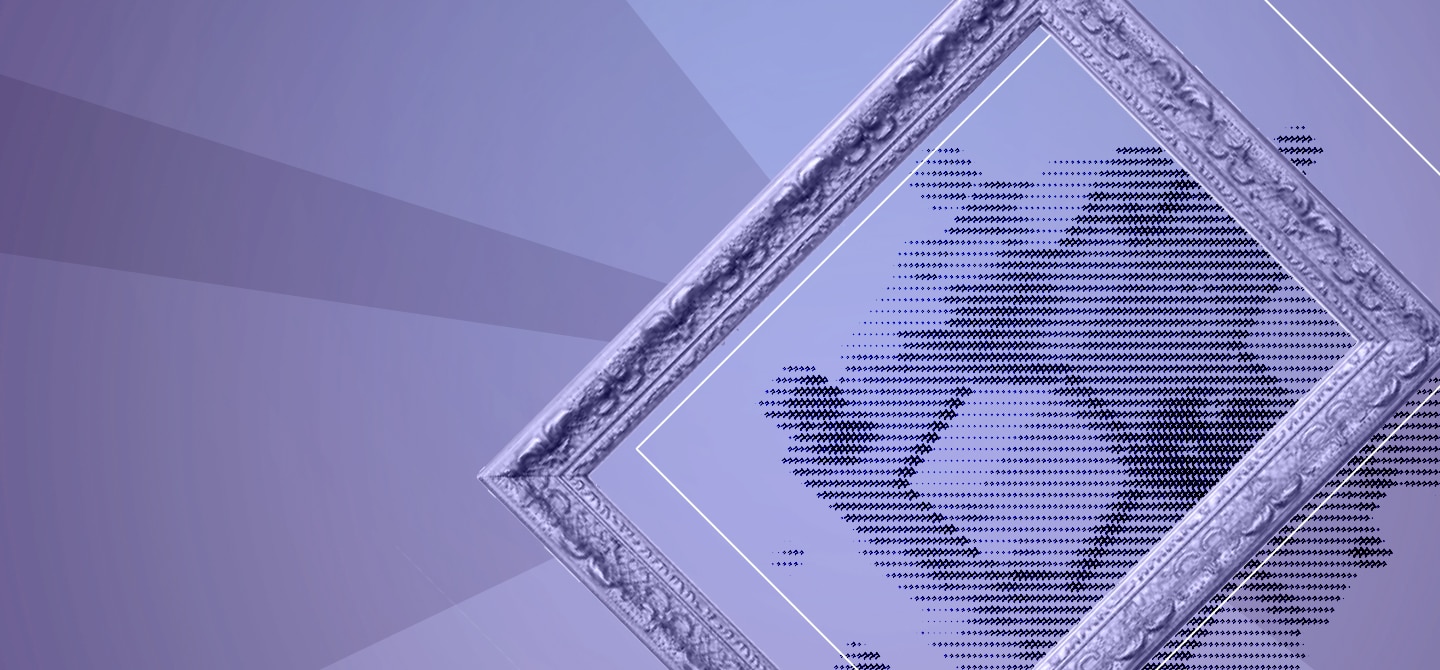What is Ircam Amplify?
Ircam Amplify is a subsidiary of Ircam (Institut de recherches et coordination acoustique/musique). After setting up an in-house industrial development activity, Ircam created this dedicated commercial subsidiary for the technological transfer of its research work. In recent years, there has been a growing demand from a variety of companies for acoustic products. We respond to this need with a team of around thirty people including scientists (engineers, researchers) and creative professionals (designers).
We deal with sound in all its forms, from the sound that is emitted, transformed, and transported, right through to its distribution. We are divided into two divisions: a technology development division for artists and the music industry, and a sound experience creation division. The first essentially develops products and software for professionals in the music, automotive and connected object industries. The second part, “experience”, which I manage, creates innovative products and services that transform the way we experience sound on a daily basis. They meet the needs of international customers from all kinds of industries, from music to the automotive and luxury goods industries.
Do you create “sound signatures”, associating sounds with products?
Yes, we believe that sound can be as important a marker as image in identifying a brand. This was a very real issue during confinement. How can you perceive – and sell – a fragrance if you can’t smell it? What does a smell sound like? What does a taste sound like? Our answer is based on polysensoriality. This word refers to a neurological phenomenon that occurs when information intended to stimulate one of our five senses stimulates another.
For some people, a sound can even provoke a taste in the mouth or be associated with a colour. Our job as sound designers is to find the sound that best evokes a concept, an ingredient, for a given target. But while we have a highly developed vocabulary for taste and smell, and we know how to define key concepts such as bitter or sour, we are very limited when it comes to the vocabulary of sound. So, we used the SpeaK method, developed at Ircam’s “Perception and Sound Design” laboratory, to characterise the sounds.
How do you build a vocabulary of sounds?
The SpeaK method is relatively simple. It takes the form of a pack of cards on which words from the lexicon of sounds are classified into three categories: the general qualities of the sound, intensity (weak/ loud) and pitch (low/high). Tone is associated with sensations of brightness and roughness. Morphology is associated with temporal variations in intensity (crescendo/decrescendo). A sound can, for example, be of low or high quality, have a constant or fluctuating morphology, a warm or bright tone and character. By working on this vocabulary, we have been able to attribute “sound capsules” to chocolates or perfumes.

Sound is playing an increasingly important role in everyday life, not least because it is associated with the management of man-machine interfaces. For example, you know your computer is charging when you plug it in, because sound signals the action. Manufacturers are also working more and more on the “organic” sounds of objects, even if it means trying to make them quieter. If you want to sell an electric toothbrush, a hairdryer, or a coffee machine, it’s not just the appearance of the object that needs to be taken care of, but also the noise it makes when in use.
Can sound influence buying behaviour?
Yes, we carried out a study on a panel of French and American users who tested two versions of the same e‑commerce site, featuring four fragrances. The first site offered an audio translation of each product, while the second presented the products in the traditional, silent way. In France, 47% of respondents who tested the first site said they would potentially buy the perfume. For the traditional site, this rate was only 30%. The impact was even greater when users enjoyed the sound, with 40% intending to buy.
Is sound used in certain sectors for safety reasons?
European legislation requires hybrid and electric cars to emit a minimum sound level of 56 decibels when travelling at less than 20 km/h, equivalent to the noise of a dishwasher, an office computer or the ambience of a quiet restaurant… The aim is to alert pedestrians and cyclists to the arrival of a vehicle. As our ears are trained to listen to the noise of internal combustion engines, they can be fooled by the faint sound of an electric motor. In collaboration with Renault, Ircam is working not only on this exterior sound signalling (VSP: Vehicule Sound for Pedestrians), but also on the acoustics inside the vehicle. This has a lot to do with marketing concerns, as some users have complained about the lack of characteristic sounds in new car models. People who used to enjoy the typical engine noise of a 2CV, a Volkswagen Combi or a Maserati do not like the silence of the new vehicles.
Do you use existing sounds or create completely new ones?
It depends on the product. When the object is particularly innovative, it’s sometimes better to work on existing sounds. For example, when you place a document in the recycle bin of an Apple computer, you hear an object falling, then when you empty the recycle bin, you hear the sound of crumpled paper, which doesn’t correspond at all to what’s happening in your computer! But it’s the closest metaphor (or skeuomorphism1) that allows the user to find their way around this new environment…
Marina Julienne
Reference :
Speak lexicon: https://speak.ircam.fr/lexique/lexique-ircam/
















